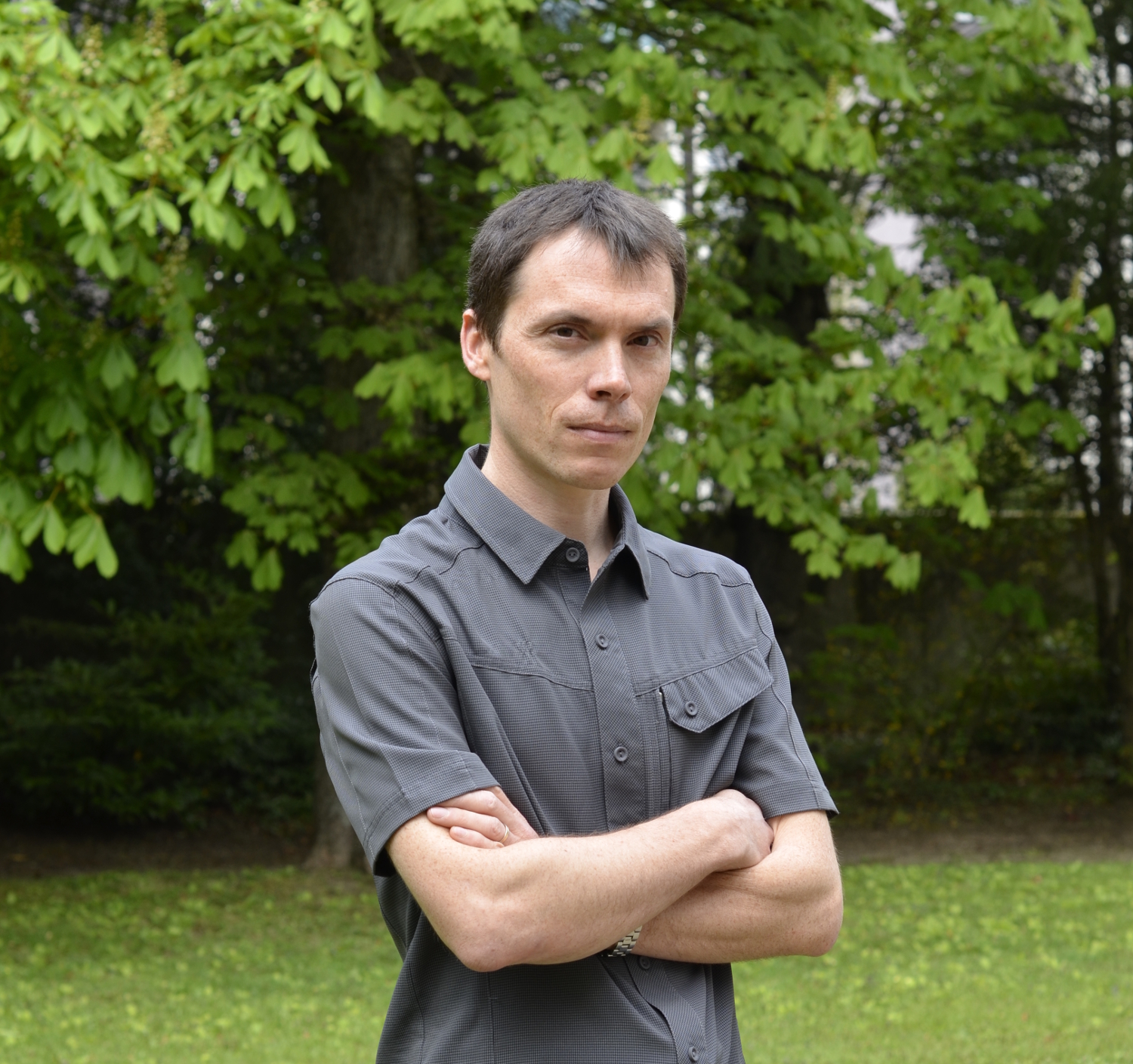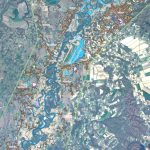Romain Quey, all about polycrystals
A recent winner of a CNRS Bronze medal, Romain Quey is a materials science researcher at the Georges Friedel[1] laboratory at Mines Saint-Étienne. He focuses especially on the deformation of metallic polycrystalline materials. In the following interview for I’MTech, he presents his research, between synchrotron radiation and digital simulation.
Could you define what a polycrystalline material is?
Romain Quey: A lot of the materials around us are generally polycrystalline: metals, which are my primary focus, as well as rocks, ice, certain polymers, etc. If you observe the structure of such a material, for example with an optical or electronic microscope, you’ll see that it is composed of a large number of grains which vary in size between approximately 10 and 100 micrometers in diameter. The grains have a crystalline structure, meaning that their atoms are arranged in a regular pattern. This arrangement can be cubic, hexagonal etc. In the simplest polycrystalline materials, all the grains have the same crystalline structure, but the orientation of these crystalline structures varies from one grain to another. Since a crystalline grain does not deform in the same way in different directions of space, this creates a certain disorder. That’s the basic principle!
Why is this microscopic structure important in the behavior of polycrystalline materials?
RQ: Take aluminum alloys or steels, for example, which are everyday materials. At your level, you may have the impression that a material like this deforms in a uniform manner. However, on the microscopic level, it’s a different story: different grains tend to deform in different ways, and the resulting internal stresses are incredibly heterogeneous. It’s these microscopic aspects that govern the macroscopic mechanical properties of the materials, like how the material breaks, or how its polycrystalline structure evolves during deformation.
Your research mainly involves studying the evolution of these microstructures when the material is deformed. How do you go about this?
RQ: There are two main parts to this research: experiments to observe them, and digital simulation, to try to reproduce them. For the experimental part, I increasingly use synchrotron X-ray radiation. We use a synchrotron to obtain intense radiation, with a high flux of X-rays, which can easily pass through several millimeters of a material. Using synchrotron radiation, we can observe what happens within a sample during its deformation in a 3D, non-destructive manner. We can obtain 3D images of the initial or deformed material with close to a 1-micrometer resolution. These methods have mainly been developed and implemented at ESRF, in Grenoble, but we have contributed as well.
Is this where simulation comes into play in your work?
RQ: Yes, since once we have observed the material and its evolution during deformation, we want to try to reproduce it by simulation, using the information we’ve put into the models. These models all integrate the same basic mechanisms of deformation, but there are different types of models and all of them involve parameters which are not always well known. We try to obtain a simulation result that’s as close to the experimental observation as possible. This is the aim of the ANR 3DPLASTICITY project currently being carried out. In addition to validating models, this helps us develop a greater understanding about how materials behave and evolve.
This research focusing on simulating the behavior of polycrystalline materials led to your creating a software: Neper. What is its purpose?
RQ: When researchers or engineers want to make a simulation-based calculation for a polycrystalline material, they must first create a virtual polycrystal. Neper makes it possible to do this. It allows us to generate a polycrystalline microstructure and then to mesh it with finite elements. The microstructure can be generated from experimental data available to the user: an image, distribution of grain sizes, crystalline orientations, etc. It’s a powerful but easy-to-use software, which responds to real needs and can be applied to a number of fields. Applications mainly involve metals but also include rocks, ice or polymers, and can be used for research in mechanics as well as in thermal engineering, magnetism and acoustics. The software is therefore regularly used by researchers and industry players in a wide variety of disciplines.
Beyond its academic contribution, what are the applications of your research for engineering?
RQ: In parallel with the previously-mentioned complex models, which can only be used for computing clusters, we also develop “simplified” models of the evolution of microstructures during deformation, which integrate only a few key mechanisms. These models are very rapid and can be integrated in simulation chains for shaping processes already in place in industry, which aim to predict the microstructures produced by thermomechanical treatments. For industry, it is crucial to control the microstructures of materials to optimize their properties.
What are your current research perspectives for the topic of polycrystalline materials?
RQ : We’re at the point where our 3D experiments allow us to study the deformation of polycrystalline microstructures accurately. But the digital models still have to be validated. The challenge is now to compare the experiments and simulations more closely, in order to draw conclusions about the validity of the models, and about what that means in terms of the materials’ behavior and potential ways to improve their use properties. We’re getting to a point where we’ll be able to respond to a lot of uncertainties. We’re also studying the behavior of materials with new and increasingly complex microstructures and strive to obtain even more accurate results. Experimenting, modeling microstructures and simulating their behavior are still essential aspects of this work.
[1] Georges Friedel Laboratory: joint research unit between CNRS/Mines Saint-Étienne.




Leave a Reply
Want to join the discussion?Feel free to contribute!